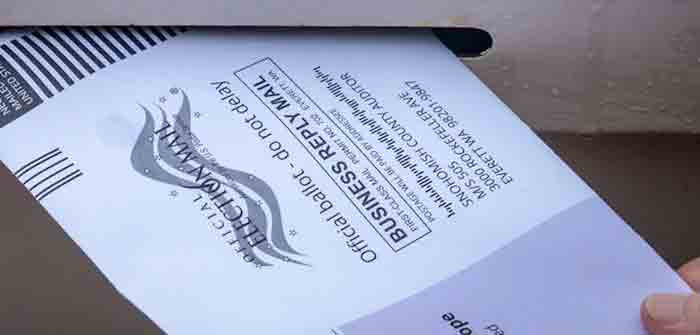
As voters prepare to make their voices heard on Election Day, during a pandemic, the news cycle is full of debates about voter fraud and the merits of voting by mail. The terms ‘absentee ballot’ and ‘mail-in ballot’ keep getting tossed around seemingly interchangeably. There is, however, a key difference.
Every U.S. state allows absentee voting, that is, if you cannot physically go to your polling location in person on Election Day, a ballot is sent to you via the mail. Typically, several states require an explanation be given for why you can’t vote in-person.
Historically. these ballots were only available for military personnel and American citizens overseas, those out of town, or those who are ill, according to CNET. These ballots are now widely used across the nation.
Due to the pandemic, 35 states have changed their absentee voting policies to allow anyone to apply for one, hoping to lessen the spread of the virus.
Some states have deemed this “no-excuse absentee voting,” meaning a voter doesn’t have to give an explanation this cycle, but they do still have to apply for the ballot.
Some states are sending applications for absentee ballots out to all voters, these request-forms have been mistaken as mail-in ballots across social media. as reported by CNET. While this promotes widespread voting through the mail, it is not a “mail-in ballot.”
Mail-in ballots are sent to every eligible voter in the state, without any request or explanation needed. Several states including California and Washington are sending legitimate ballots to every voter in the state whether or not they are wanted. Other terms for this are “all-mail voting” and “universal vote by mail.”…
Continue Reading